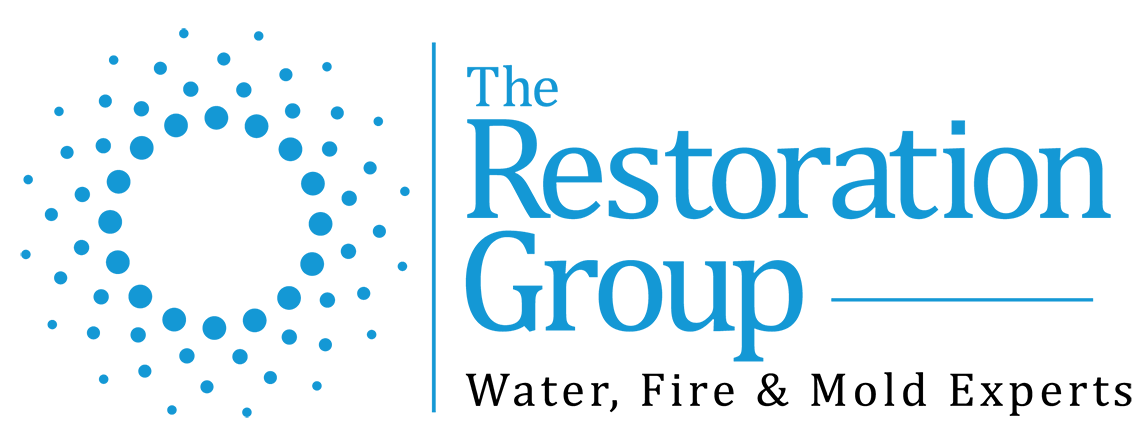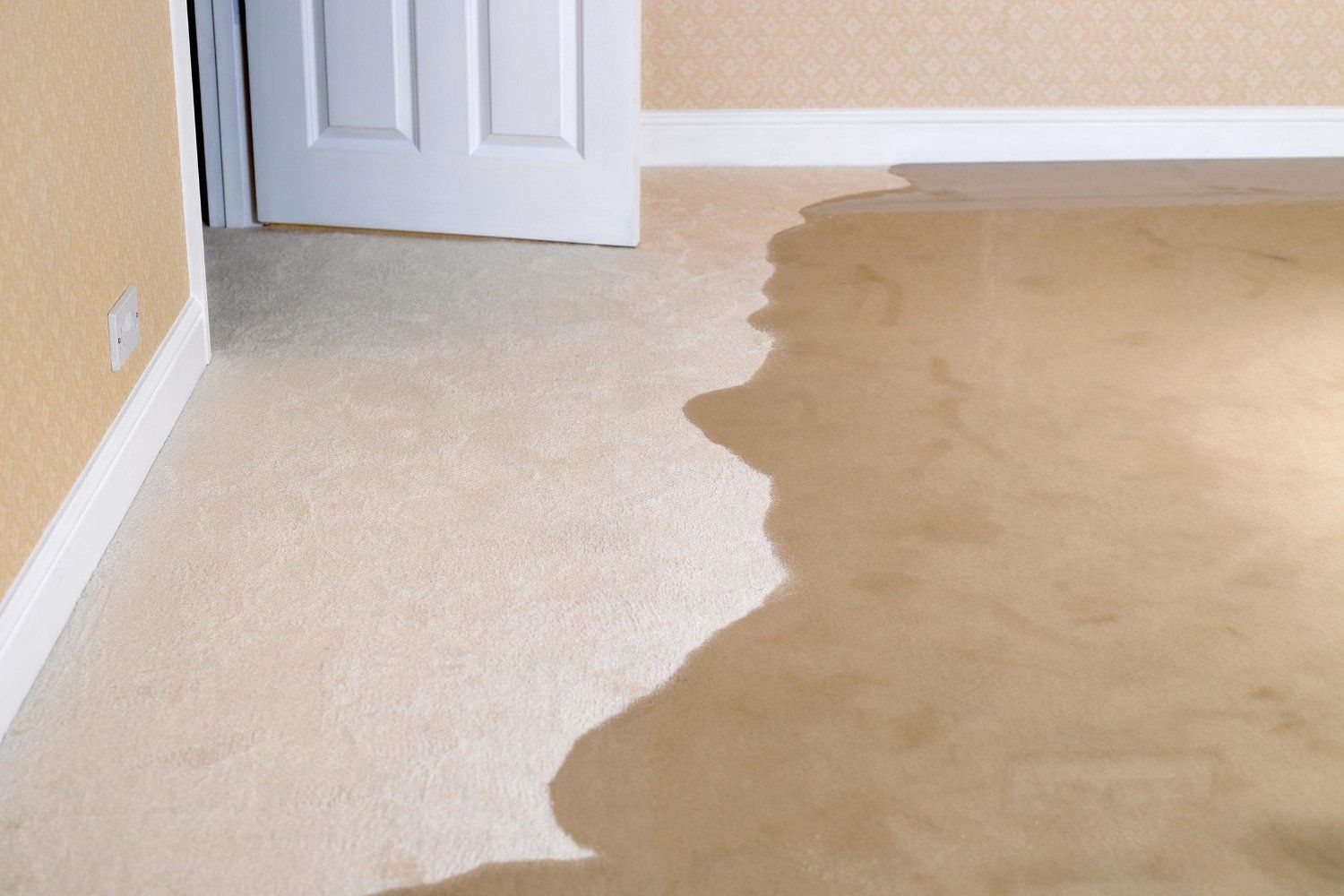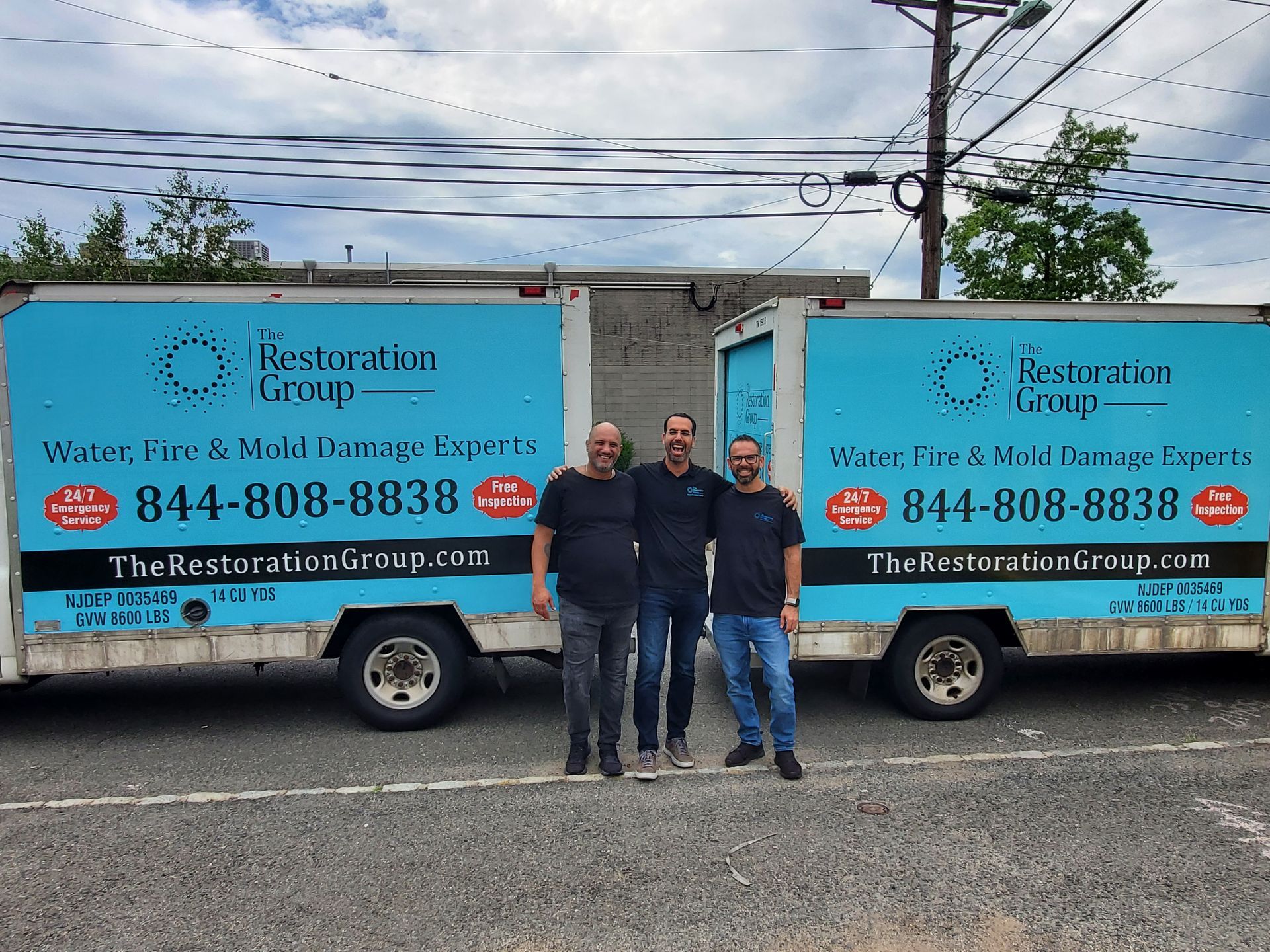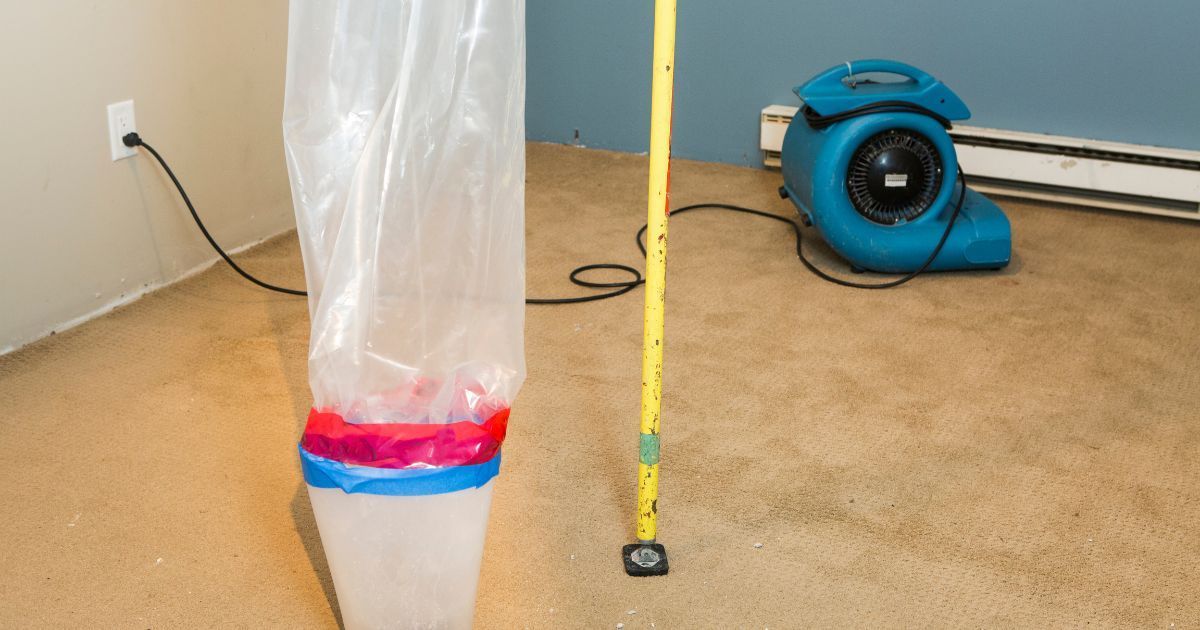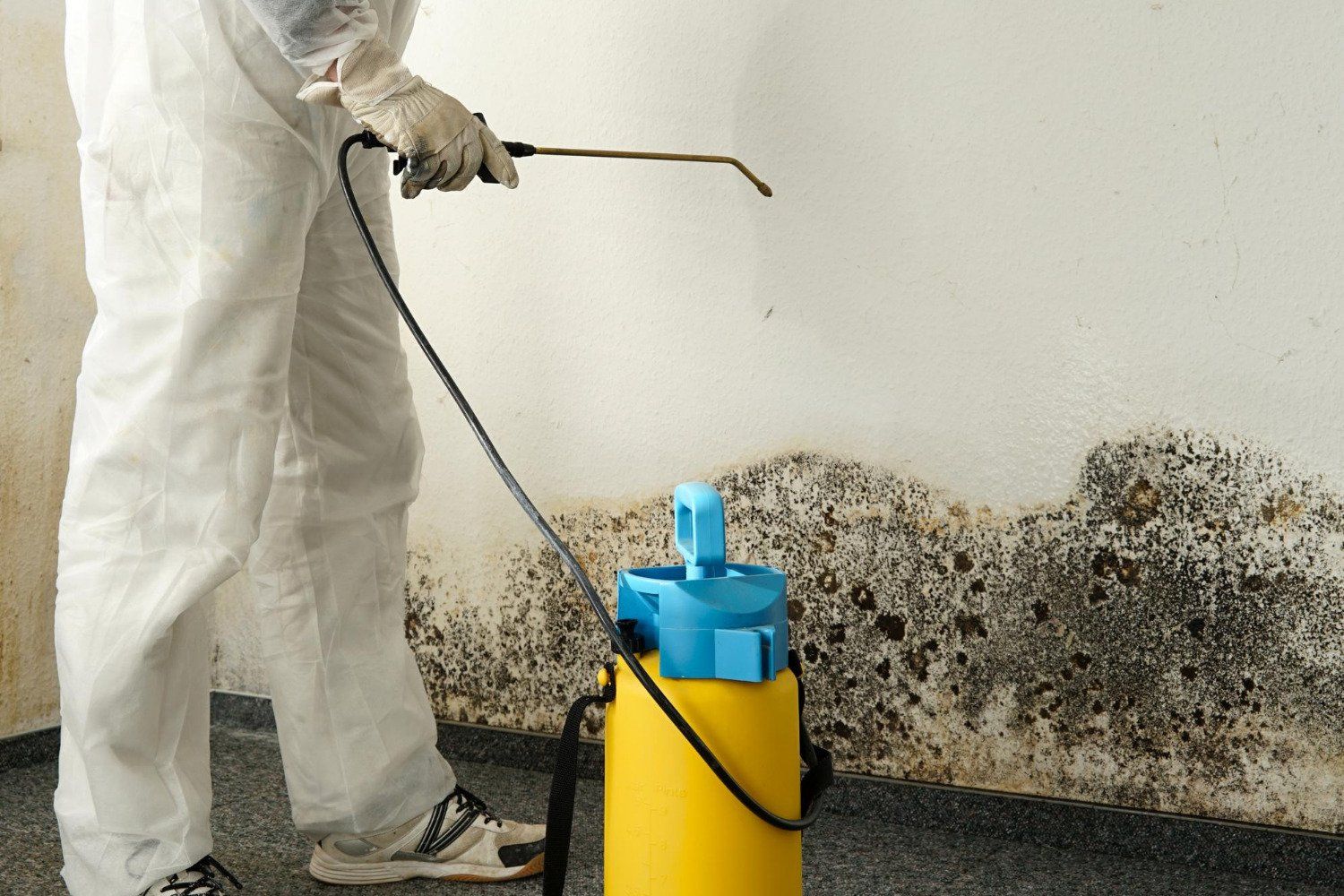
Mold is an unavoidable element of our natural environment. It decomposes the dead organic matter that accumulates on the forest floor. Mold, on the other hand, is not something anyone should want in their home. Mold produces spores that float in the air and spread throughout the environment. These spores have the potential to cause allergic reactions as well as irritation of the eyes and skin. Not to mention that mold growing in a home can produce an unpleasant odor and be unsightly. So you're probably wondering how to keep mold from growing after a flood occurs.
The first thing to consider is the process by which mold can grow in a residence. The moisture that can seep into the walls, flooring, and furniture as a result of flooding is the cause of all of this. The key to controlling mold growth is to keep it from getting too wet. Mold spores require moist, moist conditions in order to thrive and spread. It is impossible for mold to grow if its food source is removed. That's why it's critical that you understand how to properly clean up after a flood in order to
avoid mold growth in your home.
Mold Prevention Using Moisture Control
Acting quickly whenever flooding occurs in your home is essential to understanding how to prevent mold after a flood in your home. If you discover a water leak in your home, be prepared to dry out any materials or areas that have been soaked as quickly as possible. Areas that have been dried within 24-48 hours of a flood will most likely not have mold growing on them in the future.
Mold removal is the process of removing mold from a surface while also preventing new mold from growing on the surface in the future. There are a variety of options available, including performing the work yourself or hiring a professional company to assist you with the process. In the event that you are unsure whether mold is growing in your home, you can request mold testing, but it is not required. If your home has been flooded, it is reasonable to assume that mold will begin to grow if no action is taken immediately.
Professionals at The Restoration Group Explain How to Prevent Mold After a Flood
Acting quickly whenever flooding occurs in your home is essential to understanding how to prevent mold after a flood in your home. If you discover a water leak in your home, be prepared to dry out any materials or areas that have been soaked as quickly as possible. Areas that have been dried within 24-48 hours of a flood will most likely not have mold growing on them in the future.
Mold removal is the process of removing mold from a surface while also preventing new mold from growing on the surface in the future. There are a variety of options available, including performing the work yourself or hiring a professional company to assist you with the process. In the event that you are unsure whether mold is growing in your home, you can request mold testing, but it is not required. If your home has been flooded, it is reasonable to assume that mold will begin to grow if no action is taken immediately.
Taking Precautions After a Flood To Prevent Mold
After you have removed any mold-infected items from your home, you can begin the cleaning process. You might be wondering how to prevent mold after a flood. Here are some pointers on what to do when cleaning and disinfecting the remaining surfaces after a flood:
- Protect your eyes, nose, and skin with personal protective equipment such as gloves, masks, and goggles to keep them safe.
- While you're working, make sure all doors and windows are open.
- If it is safe to use electricity, remove moisture from the air by using fans and dehumidifiers.
- Care should be taken not to combine cleaning products.
- Mold can be cleaned with water and detergent, and it should be dried immediately after cleaning
- Paint or caulk should not be used to conceal mold growth.
- Make a point of starting the cleaning process as soon as you can after you arrive. Mold formation is less likely to occur if the job is completed as quickly as possible.
In order for the cleanup to be effective, it is necessary to address the source of the moisture problem first. Any visible mold or mold odors should be removed from the building, and any leaks in the structure should be properly repaired. Keep an eye out for any mold growth and to make sure that no one has developed any health problems as a result of being in the area.
Do I Need a Mold Removal Specialist?
Making the decision to handle a mold removal project on your own or to learn how to prevent mold after a flood can be intimidating, especially if you're not sure how severe your flooding has been or if you have people in your home who are at risk of being exposed to mold-borne allergens. The Restoration Group is a restoration company in the New Jersey area that offers emergency restoration services 24 hours a day, seven days a week. As a result, if you've experienced flooding in your home, it may be a good idea to seek out their professional assistance. They provide both mold testing and
mold removal. Make
contact with The Restoration Group at (973) 355-6966 to obtain a quote.
More To Explore
24/7 Emergency Damage Restoration Services
GET A FREE QUOTE TODAY
We are IICRC certified and hire only the most trustworthy and dedicated team members to ensure that each job is taken seriously and handled with absolute professionalism.
